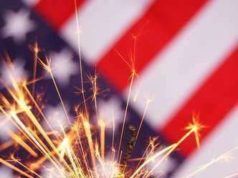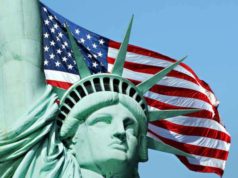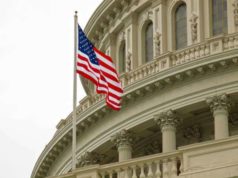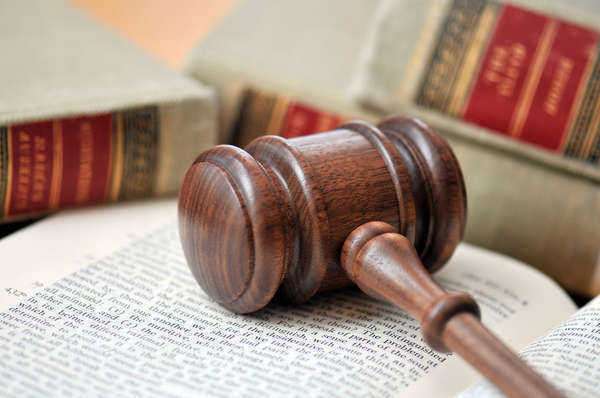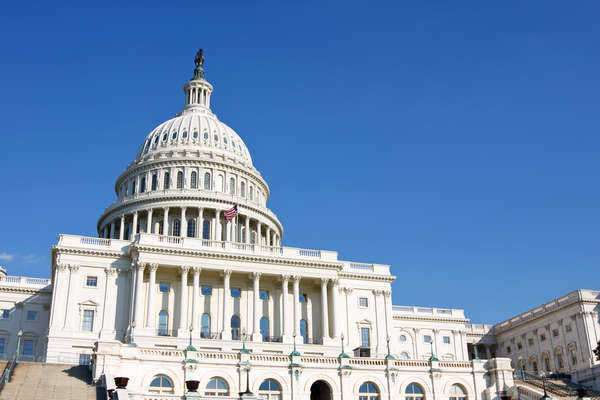
What You Need to Know About The Lack of Governmental Power
The concept of the “lack of governmental power” is often discussed in political science and governance studies. It refers to situations in which a government, intentionally or due to limitations, possesses limited authority and control over various aspects of its jurisdiction. Understanding the implications of this phenomenon is crucial for assessing governance systems, individual liberties, and the balance of power within a society. In this article, we’ll delve into what you need to know about the lack of governmental power.
1. Limited Government
A government with limited power, often referred to as a “limited government,” is a fundamental concept in democratic societies. Such governments are deliberately designed to have restricted authority, with specific powers and functions outlined in a constitution or legal framework. The United States is an example of a country with a constitutional tradition that emphasizes limited government, as outlined in the U.S. Constitution.
2. Protection of Individual Liberties
One of the primary reasons for limiting governmental power is to protect individual liberties and prevent potential abuses of authority. By establishing a framework in which the government’s authority is defined and limited, societies aim to safeguard the rights and freedoms of their citizens. This includes protecting freedom of speech, religion, privacy, and due process.
3. Separation of Powers
A key mechanism for ensuring the lack of excessive governmental power is the Separation of Powers. This principle, popularized by Enlightenment philosophers like Montesquieu, divides governmental authority into three branches: legislative, executive, and judicial. Each branch has distinct functions and checks the powers of the others, preventing any single entity from amassing too much control.
4. Rule of Law
The rule of law is another critical component in curbing governmental power. It establishes that everyone, including government officials, is subject to the law and must adhere to it. This principle ensures that the government operates within defined legal boundaries and that its actions are just and accountable.
5. Accountability and Transparency
Governments with limited power are often characterized by high levels of accountability and transparency. These features allow citizens to monitor the government’s actions, hold officials accountable for their decisions, and participate in the democratic process. Robust systems of checks and balances, as seen in democracies, facilitate this accountability.
6. Economic Implications
The lack of governmental power can have economic implications as well. In economies with limited government intervention, individuals and businesses may have more freedom to operate without excessive regulations and bureaucracy. This can foster entrepreneurship and economic growth.
7. Challenges and Criticisms
While limiting governmental power has clear benefits, it also presents challenges. Critics argue that in some cases, a lack of government intervention can lead to inadequate social safety nets, environmental degradation, and economic inequality. Striking the right balance between limited government and addressing societal needs is an ongoing debate in many countries.
8. International Relations
The concept of limited governmental power also extends to international relations. International organizations and agreements, such as the United Nations and trade treaties, can limit the power of individual nations in specific areas, promoting diplomacy, cooperation, and global governance.
In conclusion, understanding the lack of governmental power is essential for comprehending the structure and principles of democratic governance. Limited government, separation of powers, the rule of law, accountability, and transparency are foundational elements that aim to protect individual liberties while maintaining a functioning and responsible government. Striking the right balance between limited government and addressing societal challenges remains an ongoing and dynamic process in the realm of politics and governance.
Following the defeat of the British forces in the Revolutionary War in 1776, the United States of America was eager to declare their sovereignty from the monarchy of King George III. Resentment towards a totalitarian governmental body was a sentiment that was shared throughout the nation. The Continental Congress was eager to establish a doctrine that would solidify the United States autonomy as a nation, enlisting the services of political figureheads such as Thomas Jefferson and John Adams to construct such a document. Ratified on July 4th, 1776, the Declaration of Independence not only confirmed the sovereignty of the United States of America, but also outlined a desired governmental model rooted in public servitude rather than absolute power.
Although Thomas Jefferson was credited with primary authorship of the Declaration of Independence, he maintained that many of the ideas that he had implemented in the text of the Declaration of Independence were inspired by fellow political thinker, John Locke. Locke upheld that any central government that retained the right to remove rights from its citizens was innately flawed in its nature. Furthermore, he expressed that a central government must operate under the pretense that its citizens have consented to be governed. As a result, the ruling governing body operates as an entity of servitude rather than totalitarianism.
Jefferson’s idea of an ideal government not only shaped the governmental construct outlined in the Declaration of Independence, but also laid the foundation for a system of checks and balances, further regulating the power of the central government.
A system of checks and balances, which would be further outlined in the Federalist Papers, and later in the Constitution, was a system created to disburse power throughout multiple governmental factions, rather than consolidate power to a single one. As a result, no single gubernatorial entity would be permitted to have more power than any other. Each of the 3 branches of Government, which included the Executive, Legislative, and Judicial branches, were required to work in tandem.
The Declaration of Independence established that a central government was to be elected by the people, and as a result, the role of the Government would be to preserve and protect the interests of its citizens. Since the citizens of the United States would be allowing themselves to be governed, they were entitled to overthrow a government whom they perceived to be tyrannical.
The Declaration of Independence allowed for a central government whose innate ruling power would be dwarfed by the power that its citizens possessed. Since the citizens were allowing themselves to be governed, this assigned fleeting power to any gubernatorial body. Any central government that existed in the United States would be subjected to abolition if its citizens felt that their needs were not being met.


